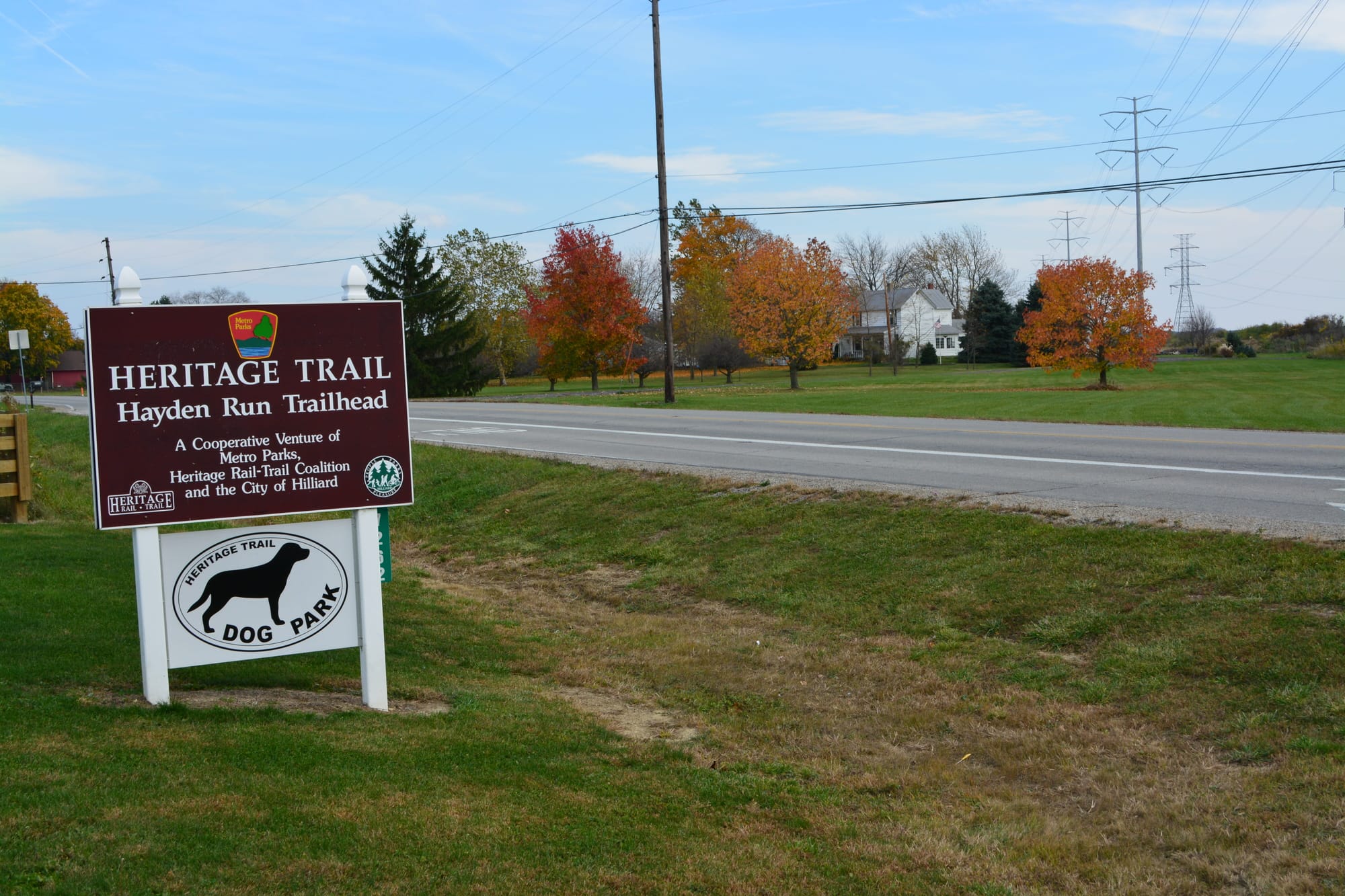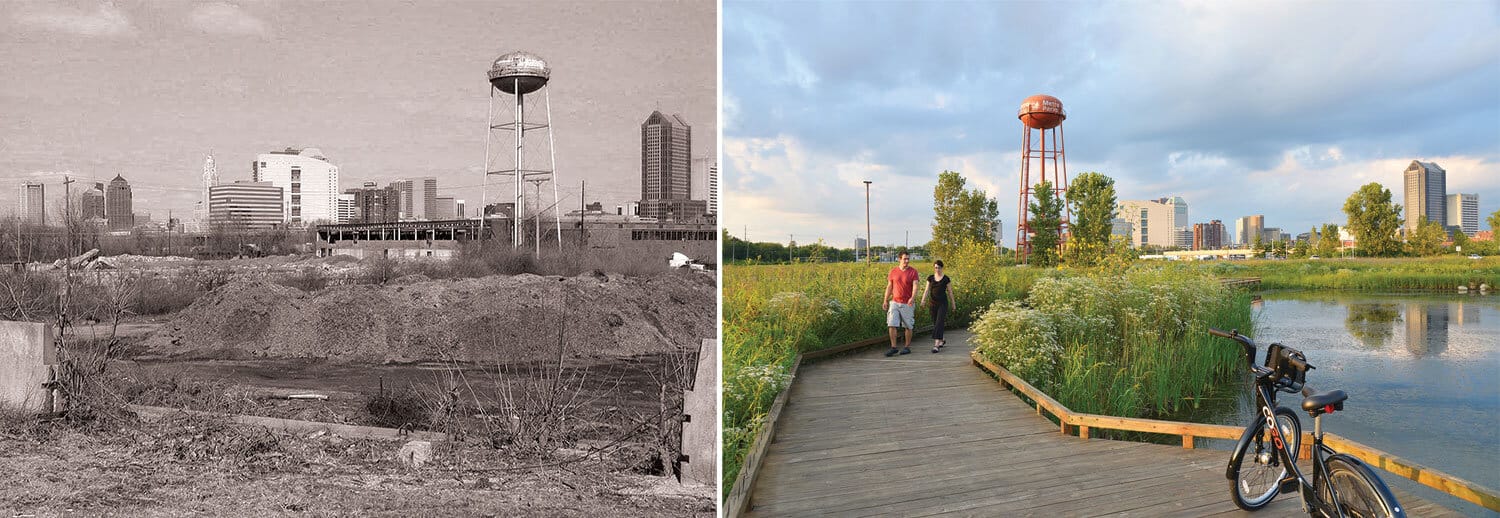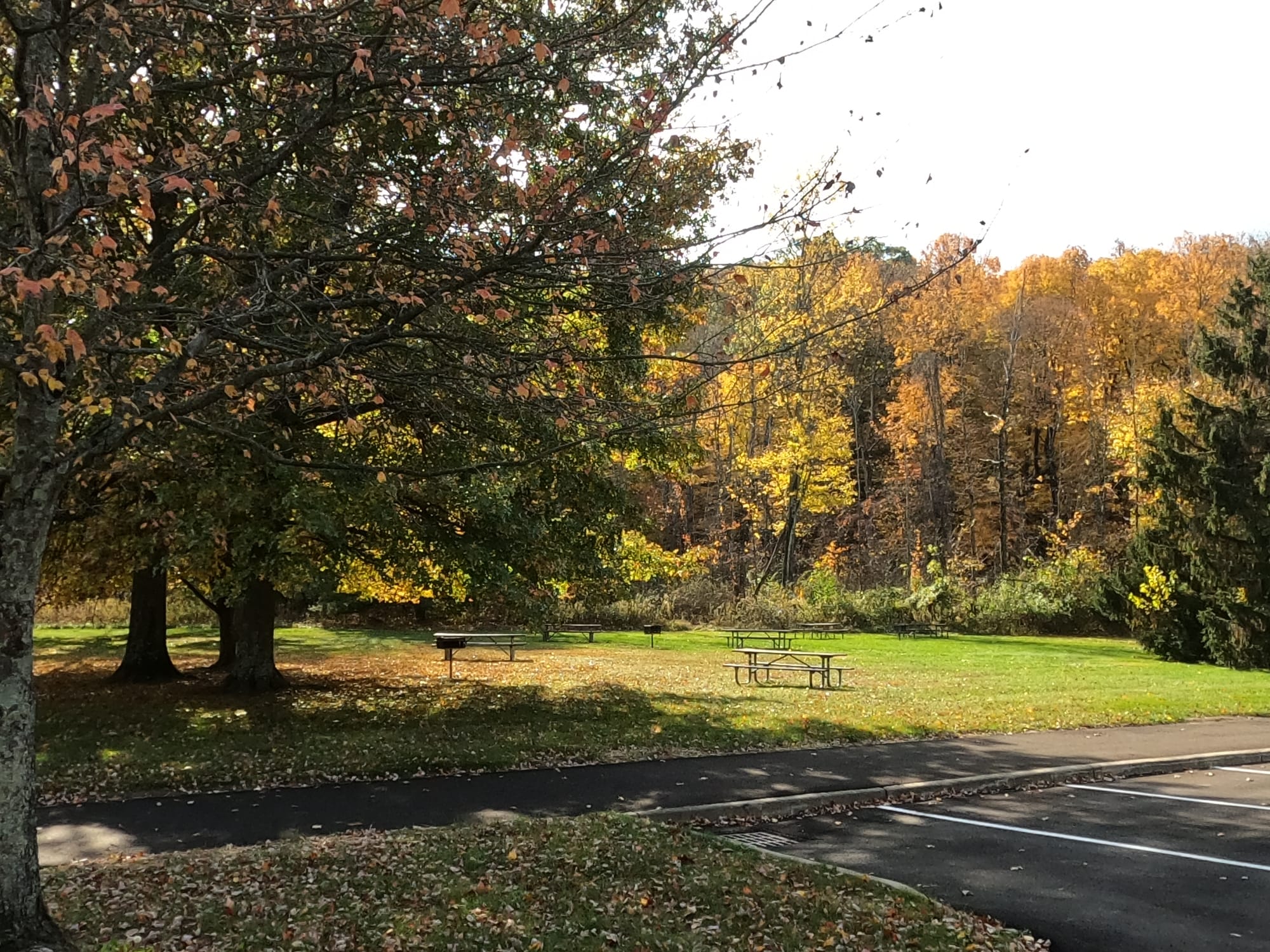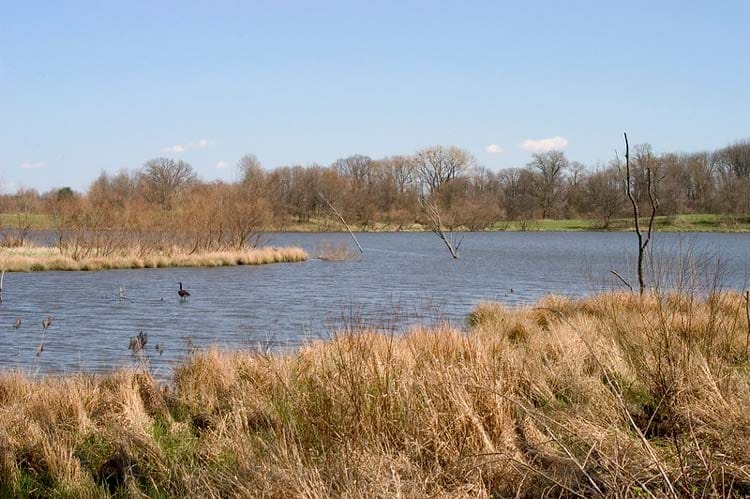
Pickerington Ponds Metro Park and State Nature Preserve
Trail Map
Interactive map showing the trail route for Pickerington Ponds Metro Park and State Nature Preserve. The map displays topographic information and trail markers.
Elevation Profile
Elevation data not available for this trail.
Chart showing elevation changes along the trail distance. Hover or focus on the chart to see specific elevation values at each point.
Pickerington Ponds Metro Park, located in Canal Winchester, Ohio, is a 1,608-acre natural area renowned for its rich biodiversity and historical significance. It serves as a vital habitat for various bird species and offers a glimpse into the region's ecological history.
There are about 416 acres are officially dedicated as a State Nature Preserve, featuring wetlands, ponds, buttonbush swamps, and marshes.

Visitor Information
- Address: 7680 Wright Road, Canal Winchester, OH 43110
- Hours: Year-round, 6:30 a.m. to dark
- Contact: 614-208-4329
Other areas of Pickerington Ponds

For more details, visit Pickerington Ponds Metro Parks website.
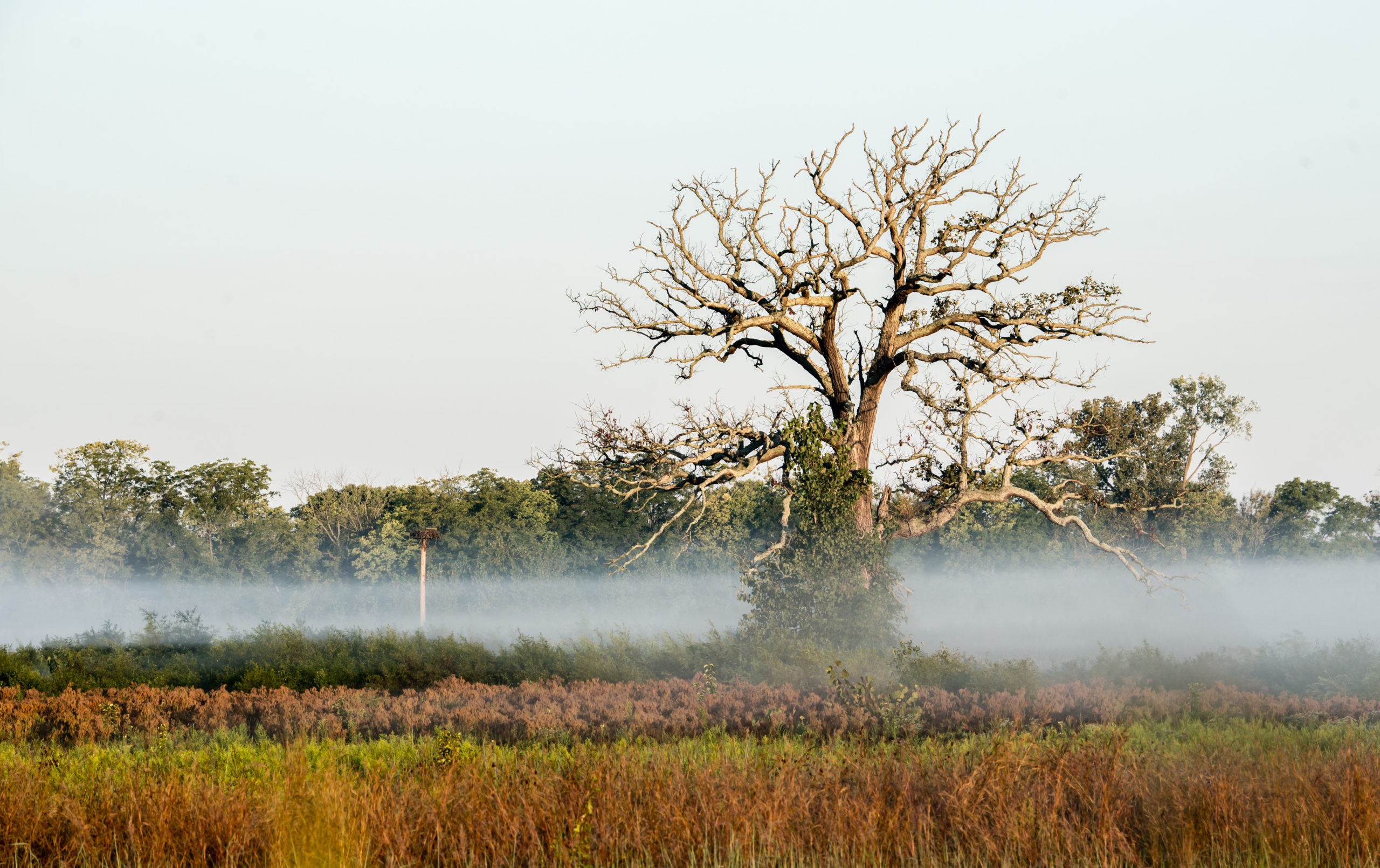
Historical Information
Pickerington Ponds' unique landscape was formed around 18,000 years ago during the Wisconsin Glaciation, creating a wetland depression and a partially wooded natural dam. Before becoming part of the Metro Parks system, the area was mostly privately held in the 19th century by two local families—the Wrights and the Bowens, whose names remain at the park's crossroads.
The wetlands became known by names like Messenger Swamp or Wright Road Ponds. Birdwatchers have been drawn to the wetlands since at least the 1930s.
Conservation efforts began in 1974, with groups like The Nature Conservancy and local organizations raising funds to secure the area for public ownership. The first 126-acre parcel was acquired in November 1979, with additional land purchased throughout the early 1980s. By 1989, 413 acres were designated as a state nature preserve and officially opened as Pickerington Ponds Metro Park.
Since 2002, Metro Parks has restored nearly 750 acres of wetland and adjacent habitats at Pickerington Ponds. These restored areas are accessible via nature trails and observation decks, providing visitors with opportunities to experience and appreciate the park's ecological diversity.
Trails
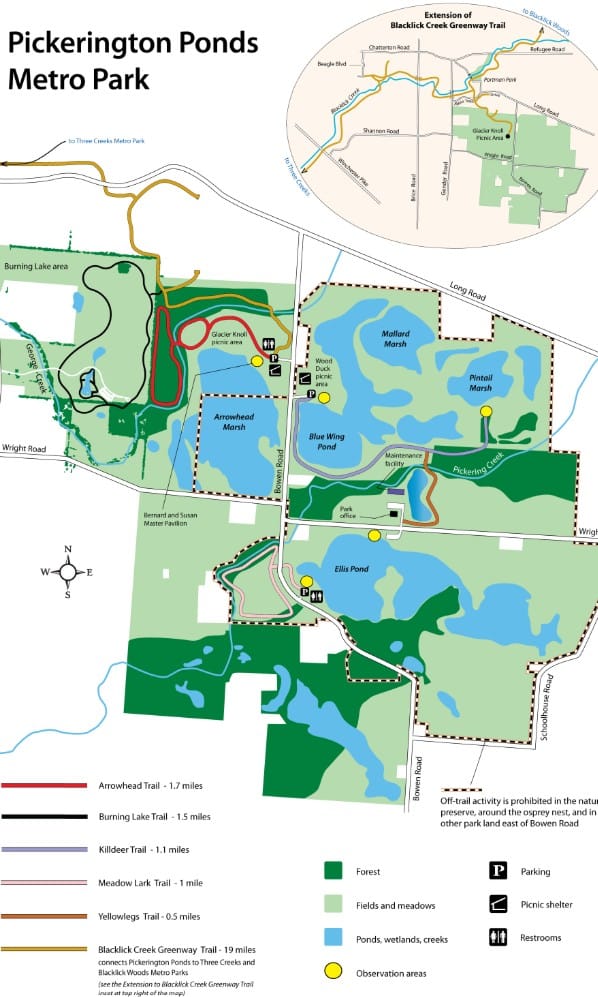
Arrowhead
1.7 miles
Easy – Hike – Grass
Goes through fields and forest and crosses George Creek.
Blacklick Creek Greenway
16 miles
Easy – Hike, Bike, Pets – Paved
Connects three Metro Parks and several small parks from Reynoldsburg to Groveport.
Killdeer
1.1 miles
Easy – Hike – Gravel
Goes around Blue Wing Pond and leads to an observation deck overlooking Pintail Marsh.
Meadowlark
1 mile
Easy – Hike – Grass
Follows Pickering Creek and loops around grassland.
Yellowlegs
0.5 miles
Easy – Hike – Gravel
Crosses Pickering Creek and goes through a wetland.
Burning Lake
1.5 miles
Easy – Hike, Bike, Pets – Paved
Loops through wildflower fields and a small woodland, passes wetlands.
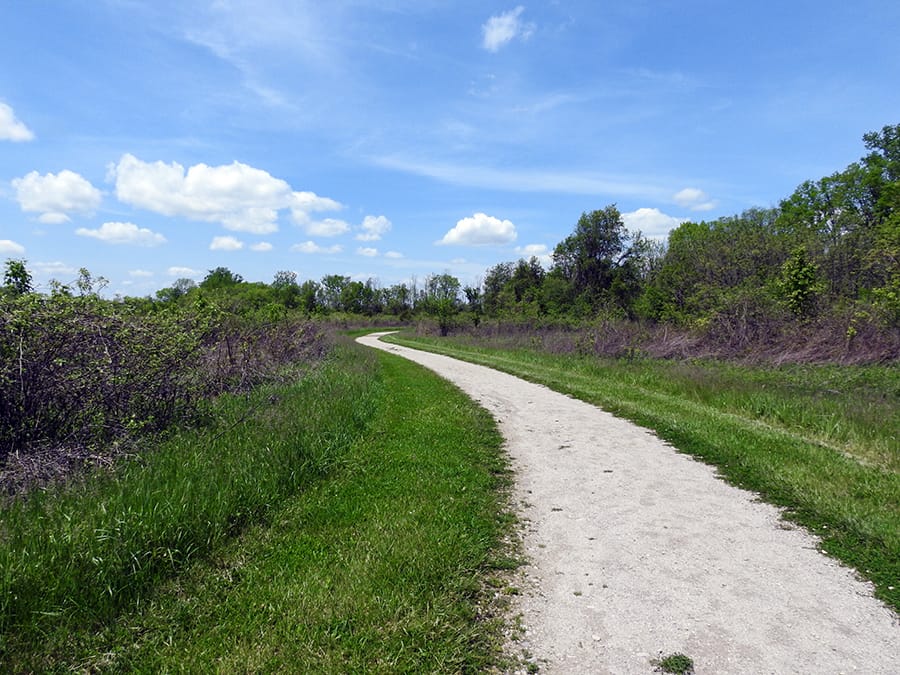
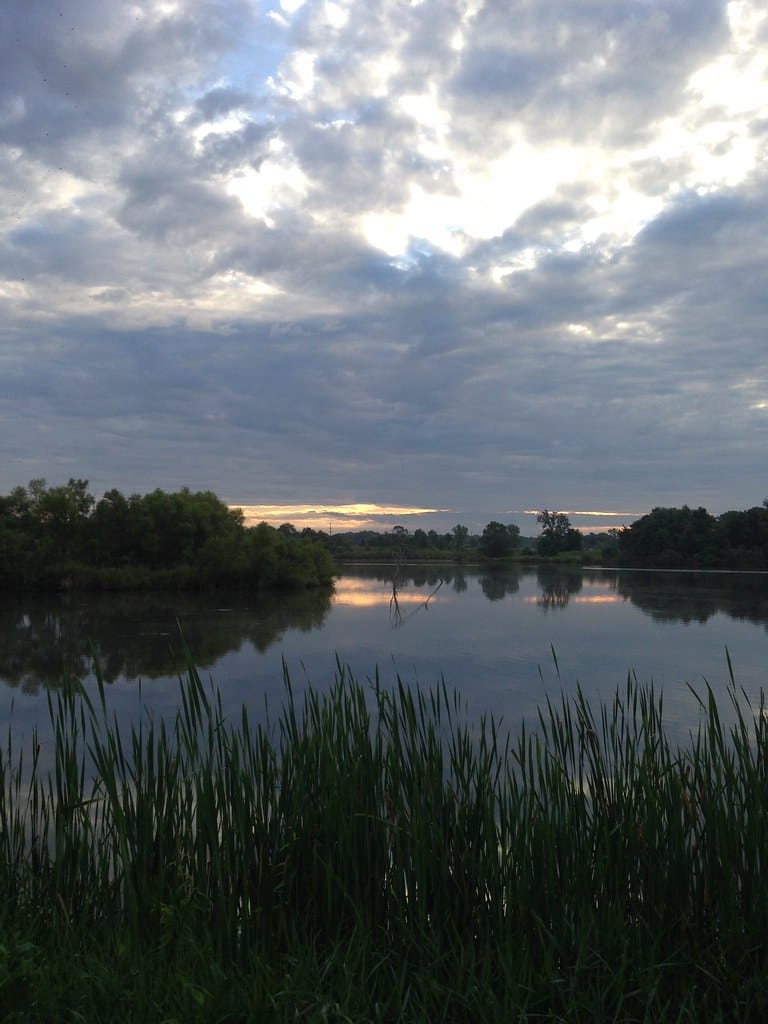
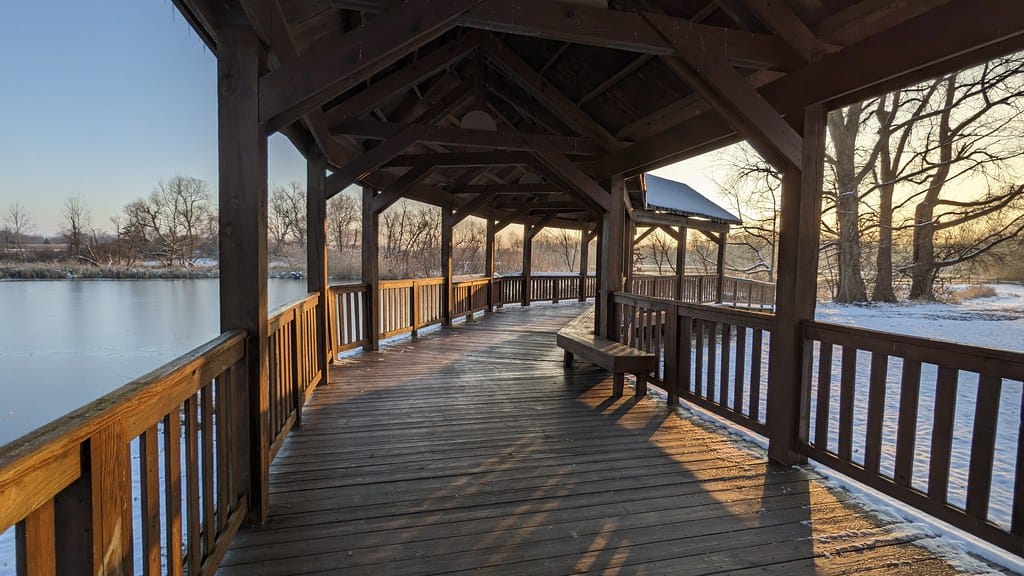
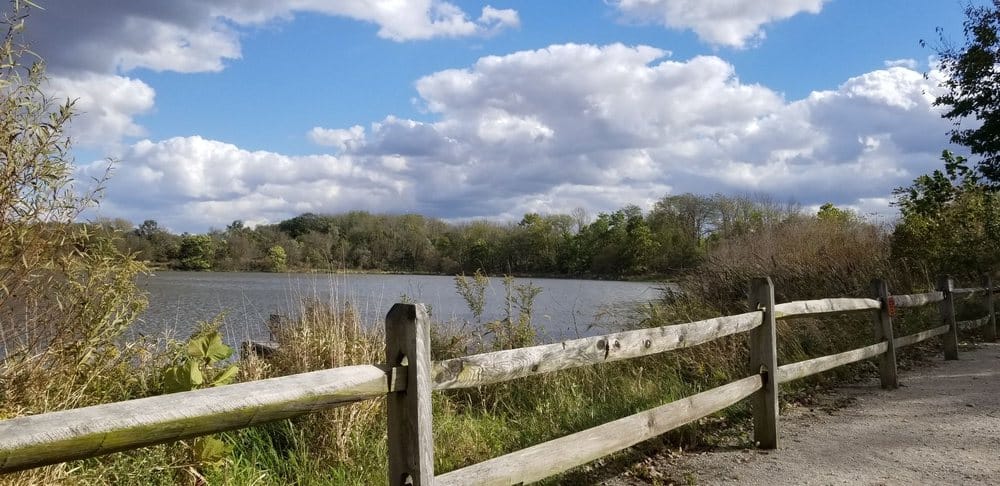
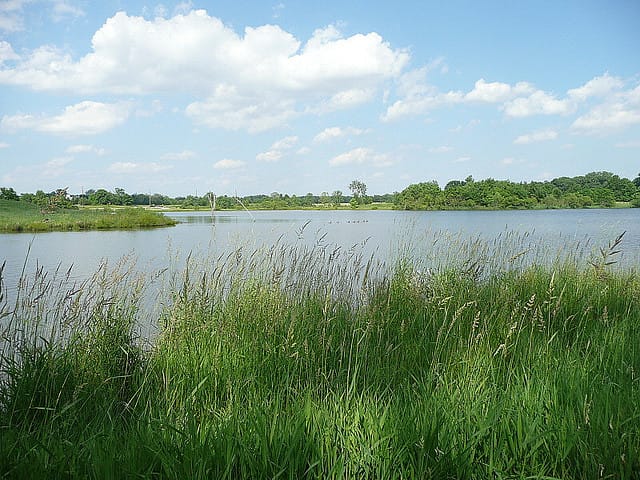
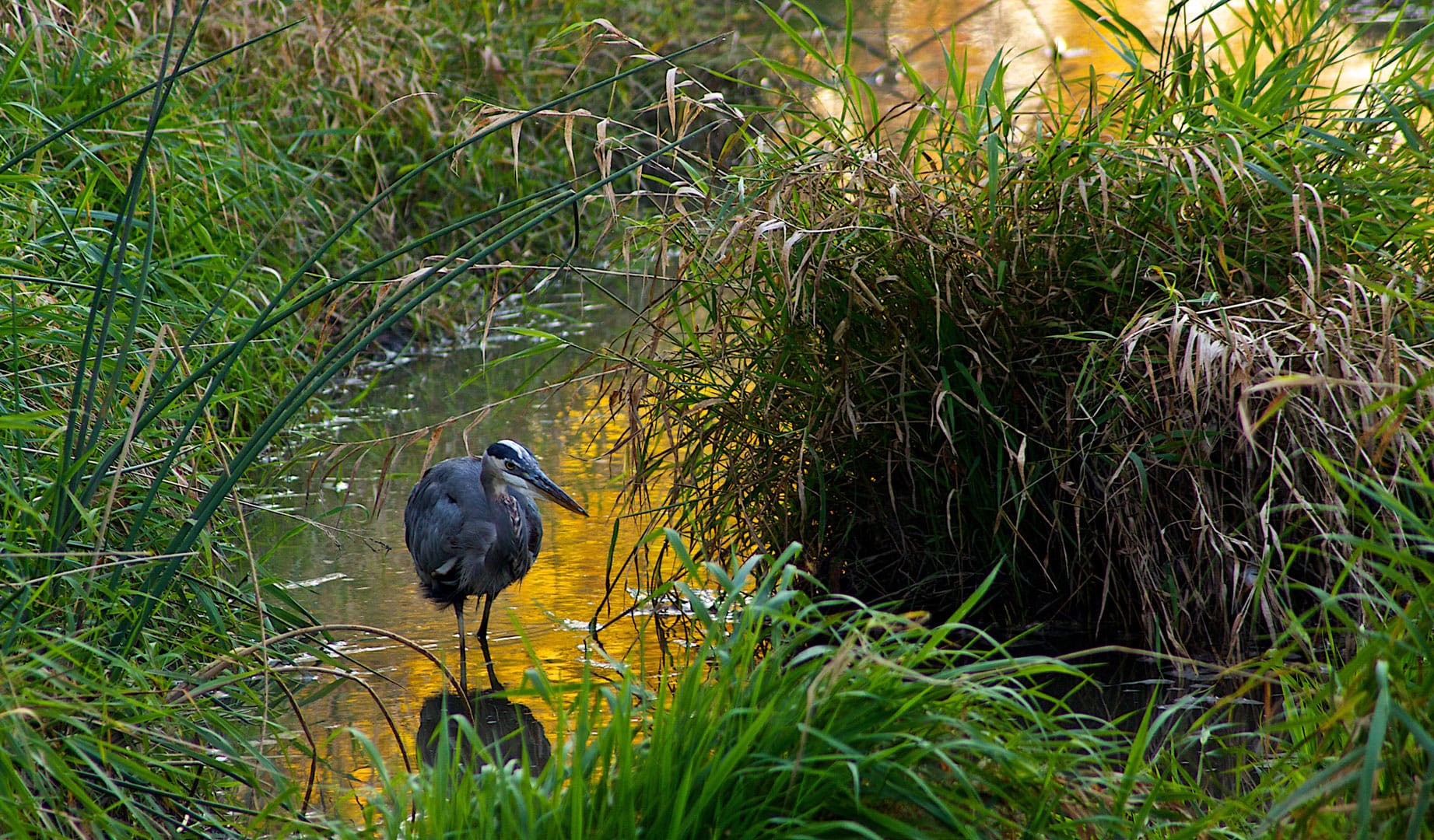
Wildlife at Pickerington Ponds
Birdlife
The park is recognized as an Important Bird Area (IBA) by Audubon Ohio, with over 260 bird species documented, including waterfowl, shorebirds, warblers, and marsh birds. Rare sightings include the glossy ibis, American avocet, marbled godwit, surf scoter, and American white pelican. It is home to a Great Blue Heron rookery that once hosted up to 50 nests near Ellis Pond. Since 2008, a pair of nesting Ospreys has returned annually and can often be spotted from the Glacier Knoll Picnic Area observation deck.
Visitors note a high diversity including warblers, sparrows, orioles, sandhill cranes, pheasants, grebes, and more in nearby areas of the park
Other Wildlife
White-tailed deer, beavers, and red foxes are commonly spotted in and around ponds, wetlands, woodlots, and fields. Residents and visitors have also noticed that bald eagles have become regular visitors to the park.
Other Species & Habitat
The area features glacial kettle lakes, cattail marshes, buttonbush swamps, managed grasslands (spanning about 60–70 acres), and small woodlots, all within its acres. Glacial kettle lakes, formed during the last Ice Age, are incredible natural wonders, and Pickerington Ponds Metro Park hosts several of them. Here's a simple overview:
Kettle lakes (or kettle holes) are depressions or hollows left behind after partially buried blocks of glacial ice melted. These basins filled with water over time, becoming lakes or ponds.
When glaciers retreated and melted about 12,000–18,000 years ago, they left behind chunks of ice in the sediment. These ice blocks became buried in glacial outwash made of gravel, sand, and silt. Over time, the ice melted, creating voids or pits in the ground. These depressions eventually filled with rainwater, groundwater, or runoff, forming ponds or lakes.
Characteristics:
| Feature | Description |
|---|---|
| Shape | Typically round or oval |
| Size | Varies widely — from small ponds to lakes |
| Depth | Can be shallow or deep depending on melt volume |
| Ecology | Support wetland vegetation, migratory birds, amphibians, and insects |
| Drainage | Often no inlet/outlet, making them closed systems (some are seasonal) |

Conclusion
Pickerington Ponds Metro Park is a wonderful park to visit. It is a sanctuary for all kinds of birds and other wildlife. It is definitely worth a visit or two.


